Vintage Turkoman Hand-Knotted Rug 3' 7" x 6' 2" (43" x 74")
51.170 TL
39.033 TL
Type:
Hand-Knotted RugsID:
K0076486Size:
3' 7" (43")
x
6' 2" (74")
Material:
Wool
Turkomans are divided into many tribes. Yomut, Tekke, Ersari, Saryk, Salor, Chodor, Arabatchi and Kizil Ayak are the principal tribes and they inhabit the area bound by the Caspian Sea and the Amu Darya River in Central Asia. Each Turkoman tribe had its own emblem known as a ‘gul’, a polygonal shaped motif meaning rose or flower, which they weave on the rugs in an endless repeat pattern in vertical rows usually with off-set patterns of minor guls. When a tribe was defeated by another, its guls would be absorbed into the superior tribe’s patterns.
Turkomans are divided into many tribes. Yomut, Tekke, Ersari, Saryk, Salor, Chodor, Arabatchi and Kizil Ayak are the principal tribes and they inhabit the area bound by the Caspian Sea and the Amu Darya River in Central Asia. Each Turkoman tribe had its own emblem known as a ‘gul’, a polygonal shaped motif meaning rose or flower, which they weave on the rugs in an endless repeat pattern in vertical rows usually with off-set patterns of minor guls. When a tribe was defeated by another, its guls would be absorbed into the superior tribe’s patterns. This is a typical example of a Turkoman pile rug with four rows of guls repeating over the red field. It was hand-woven in the early 20th century.
- Ships in 1-4 business days
- Only one in stock, handmade, unique
- Free shipping via FedEx Express. Easy returns
- Contact us or add a note to your order if you want us to delay your shipping.
- Request more info if you want this rug shorter or narrower
Colors may appear slightly different across various monitors due to screen settings device differences, and external lighting conditions. If color accuracy is important for your space, we recommend viewing the rug on multiple devices or contacting us for a detailed color description. We can provide detailed photos and references using Sherwin-Williams, Benjamin Moore, Pantone, or even Crayola crayons.
You can also visualize most of our products in your own room with AR (augmented reality) on an iPhone or iPad.
Return Policy
Need a rug pad? We recommend RugPadUSA
You May Also Like
Similars by:
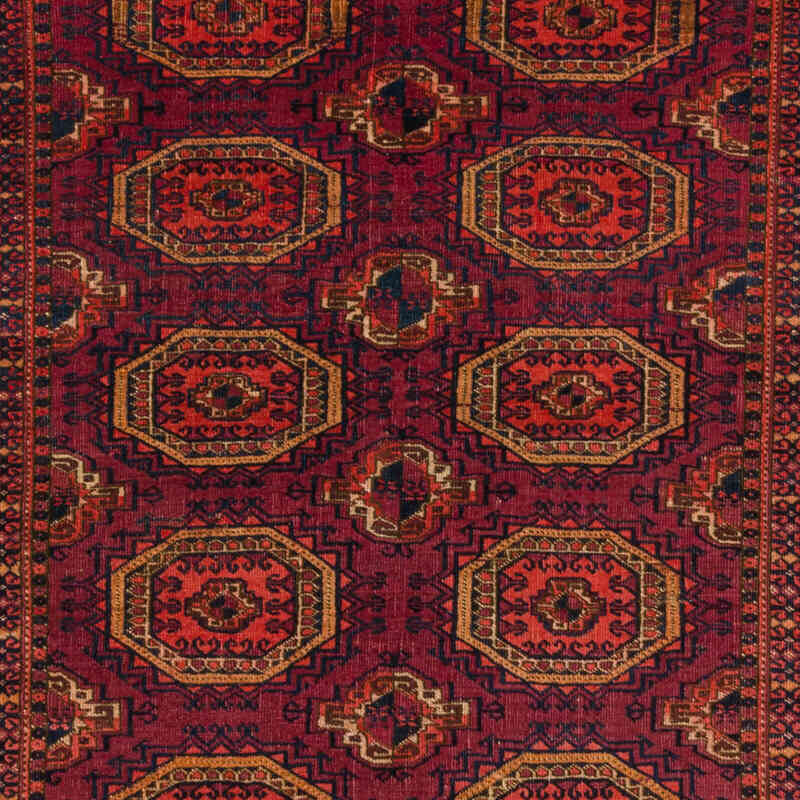
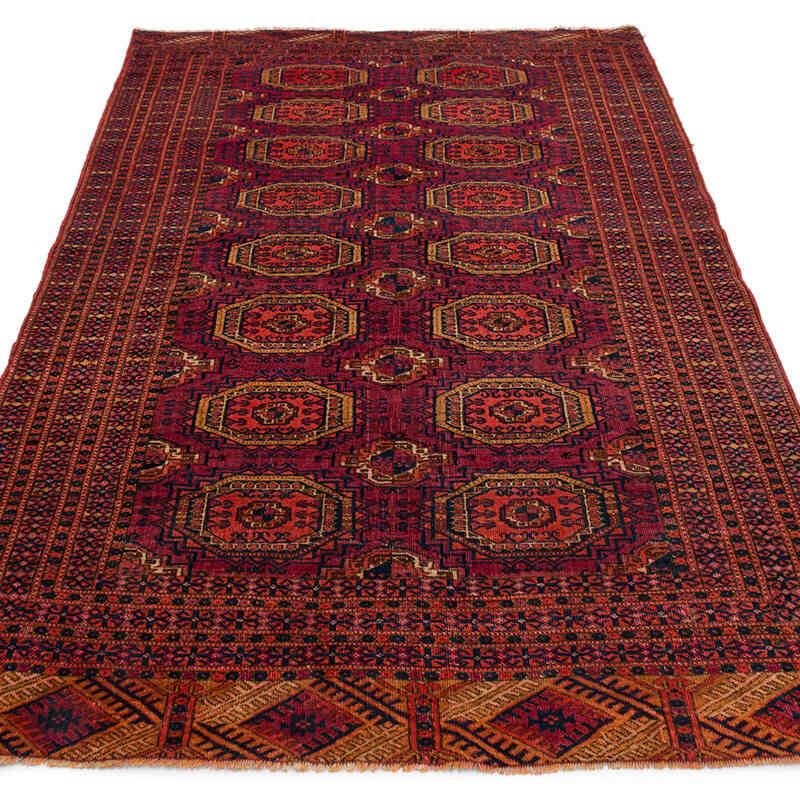
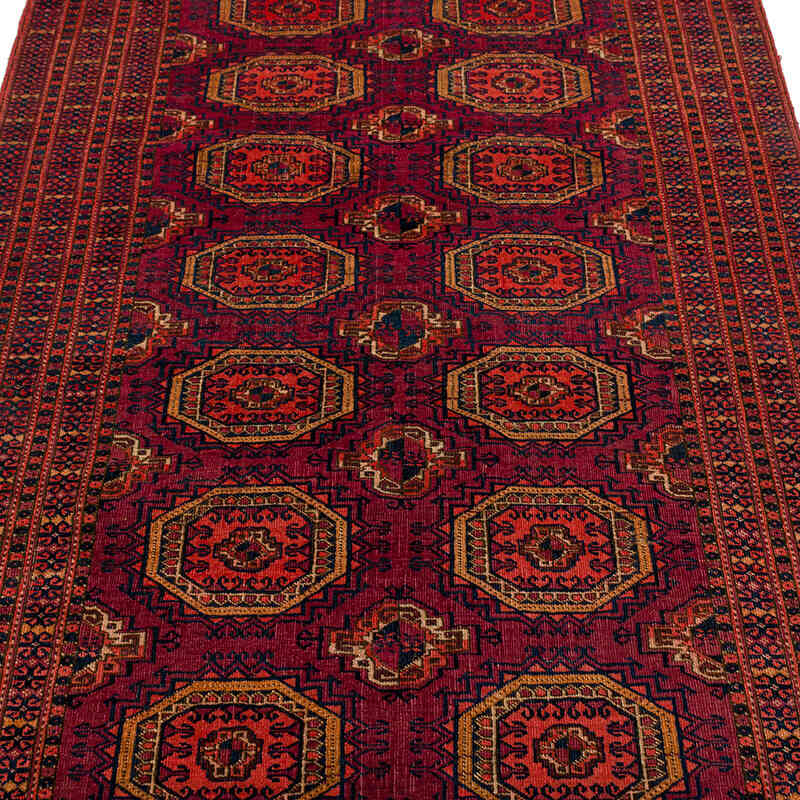
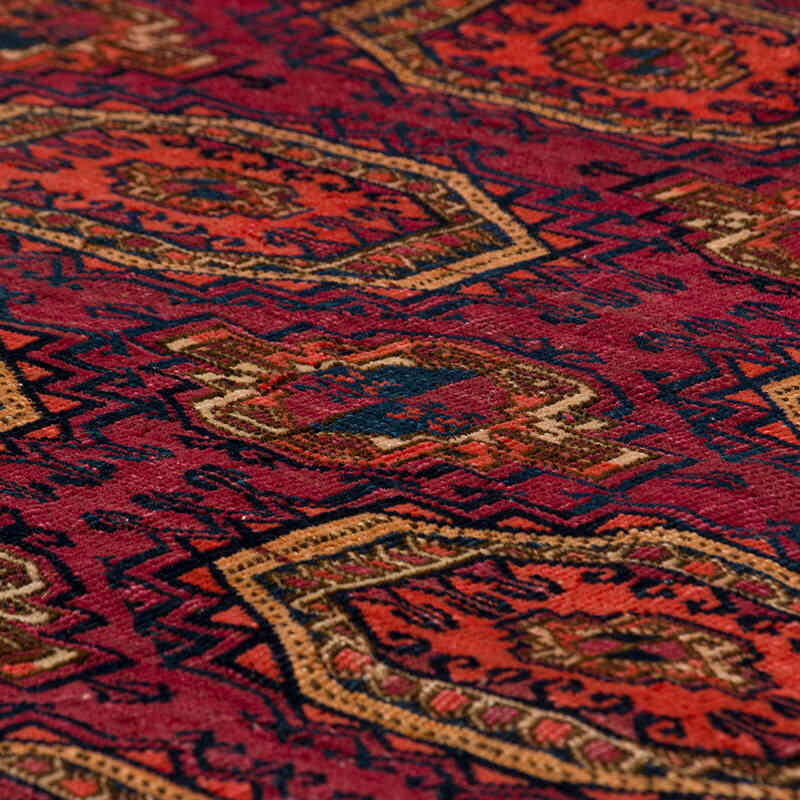
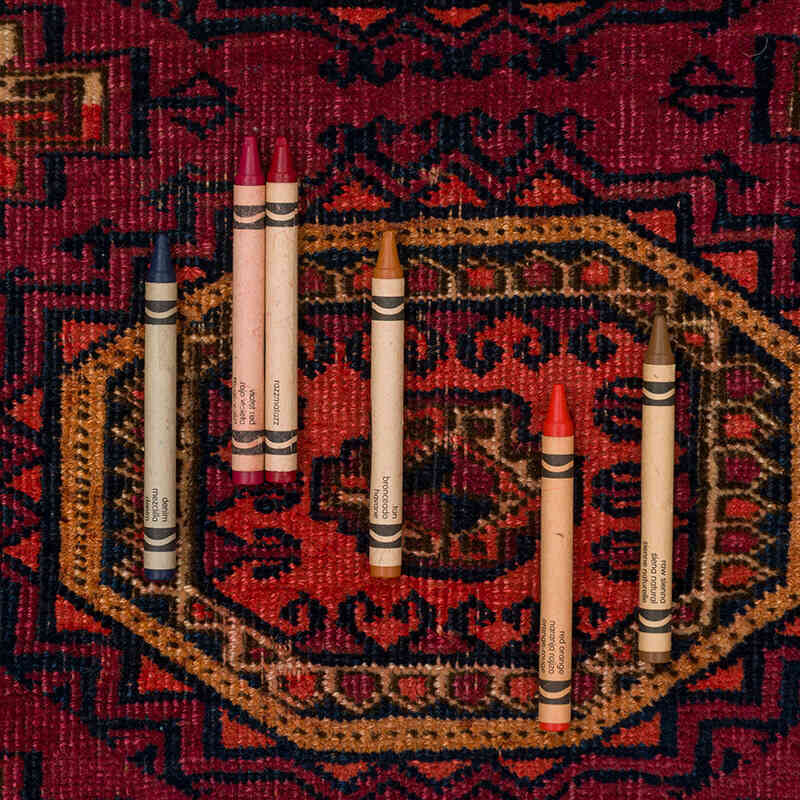
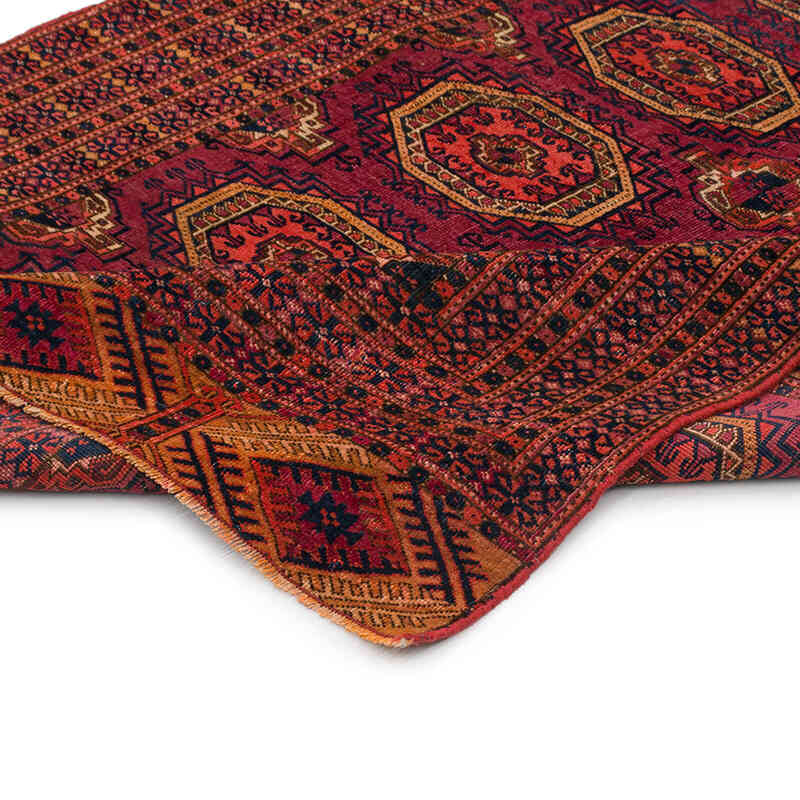
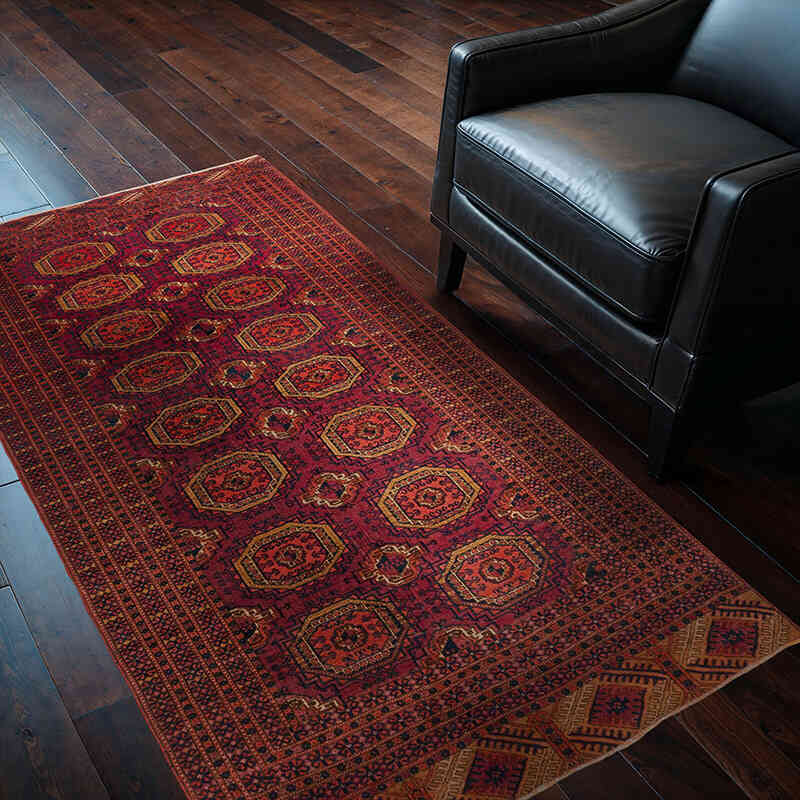
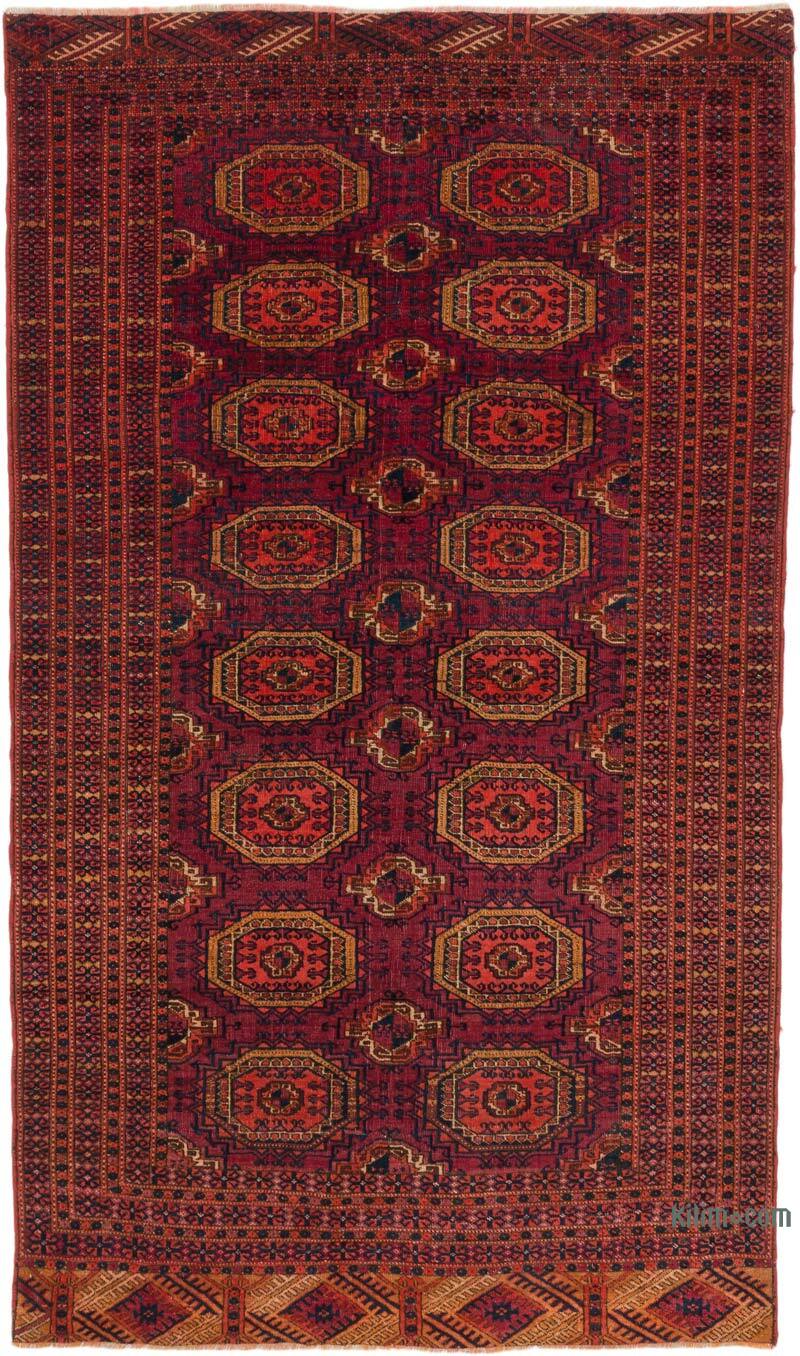
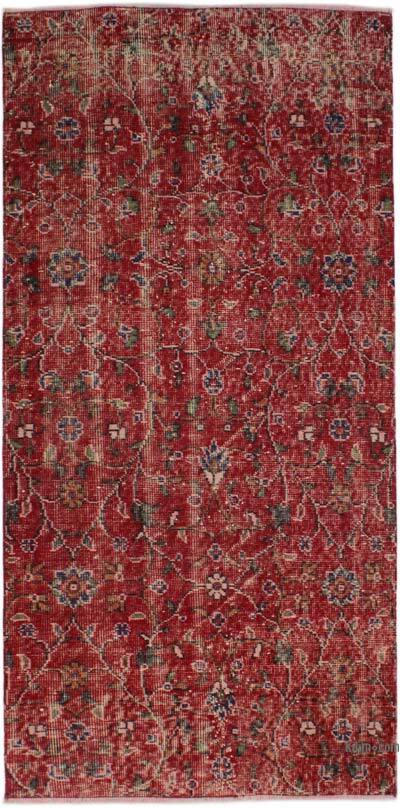
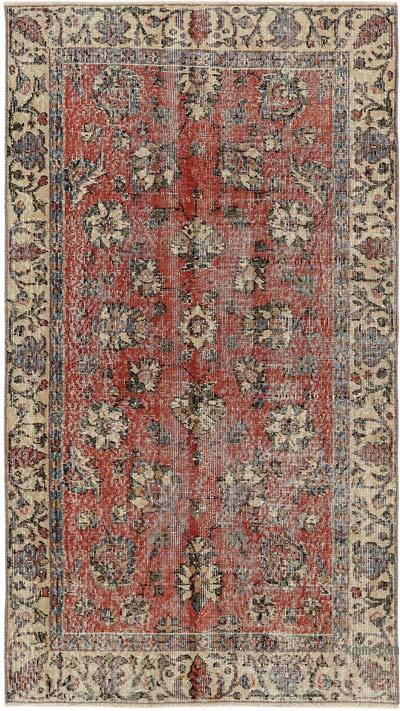
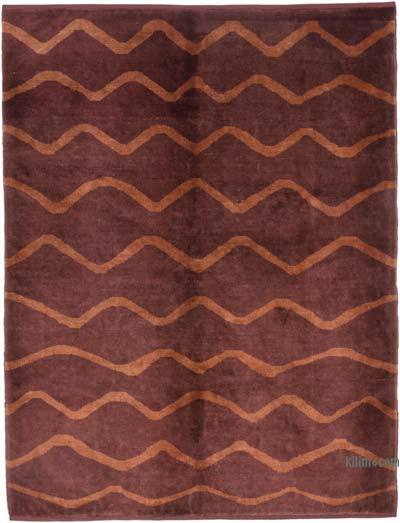
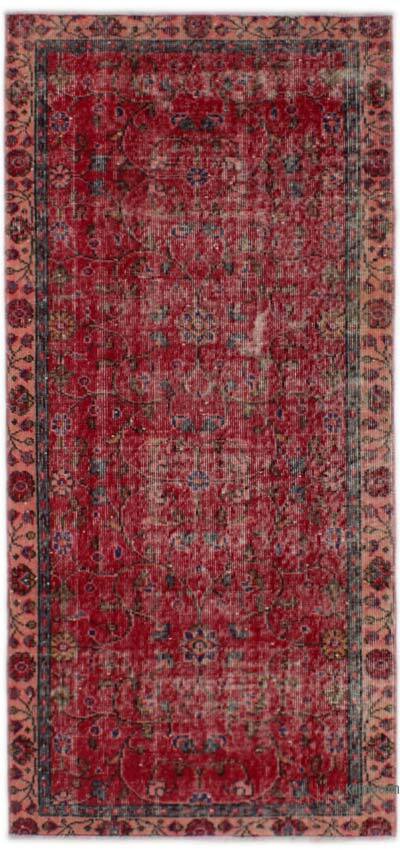
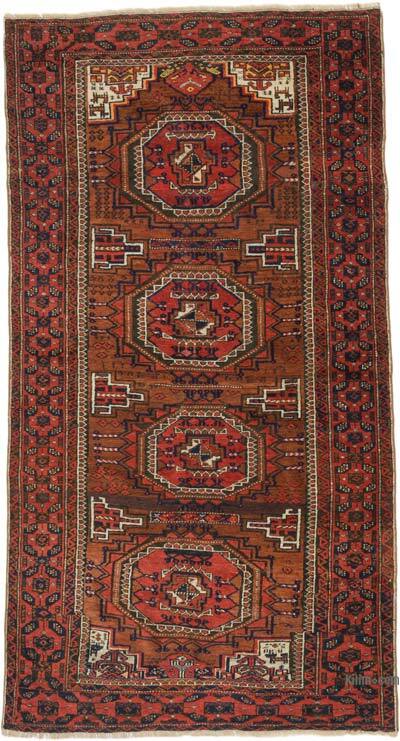
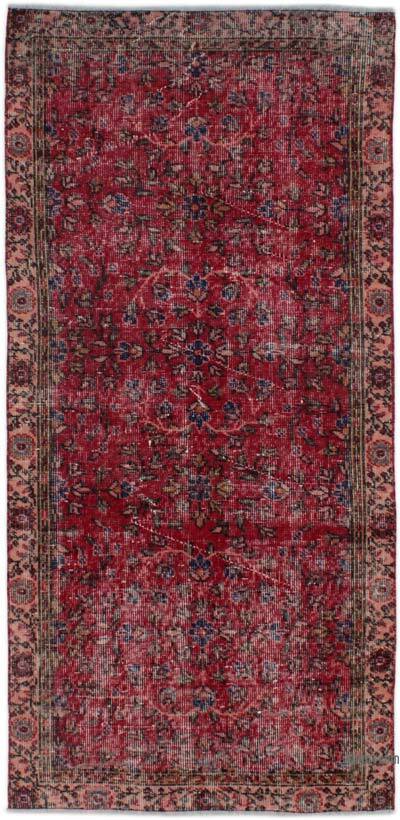

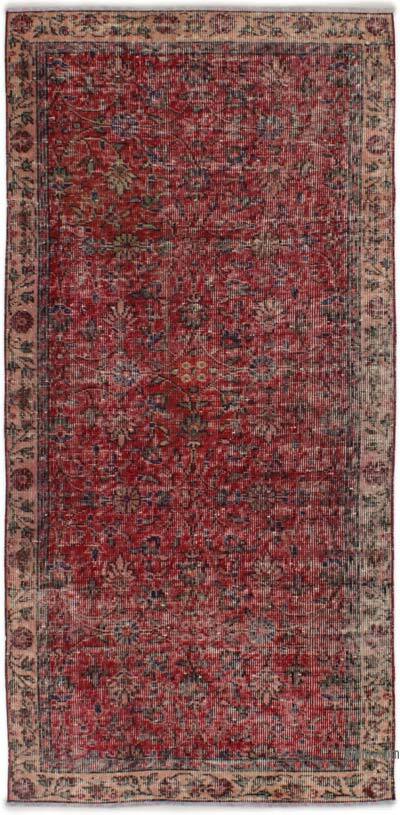
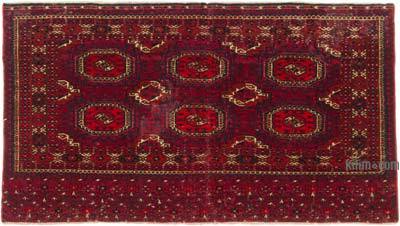

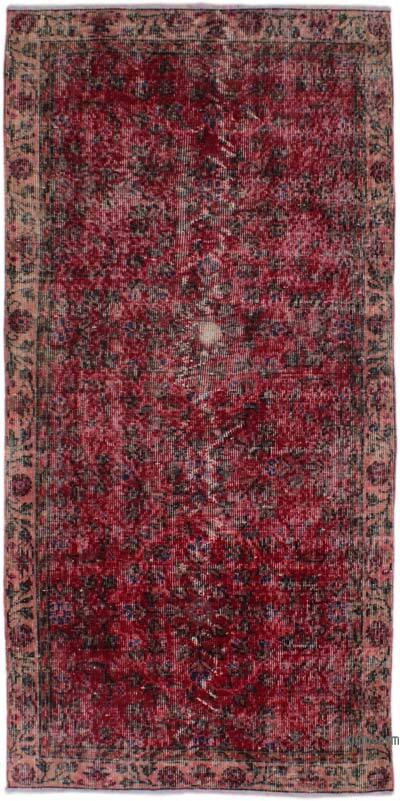
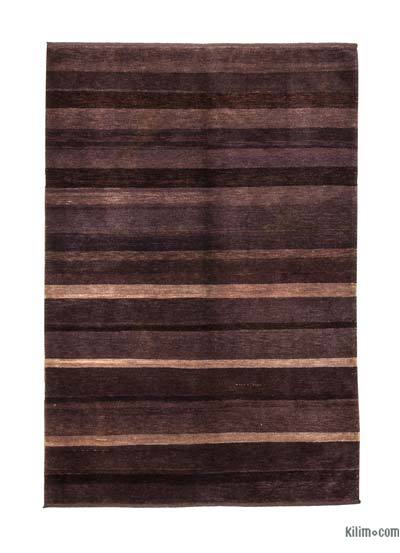
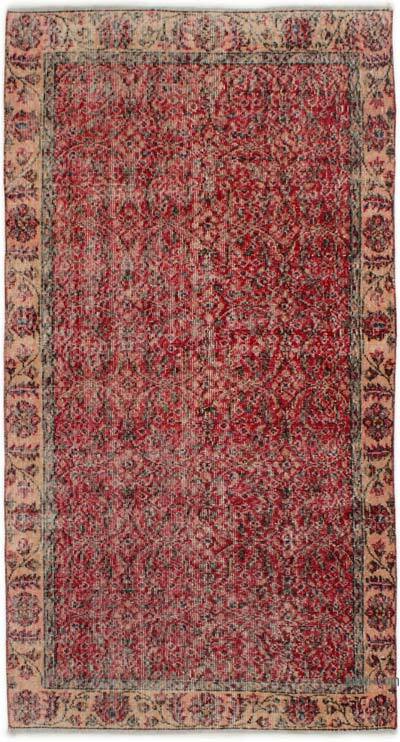
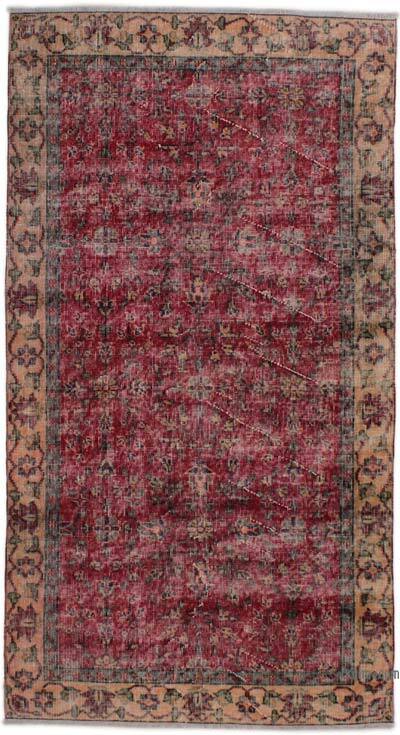
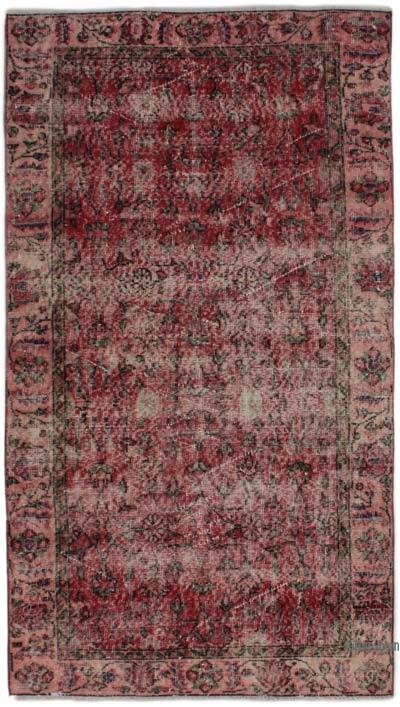
Kilim.com has the best selection!!